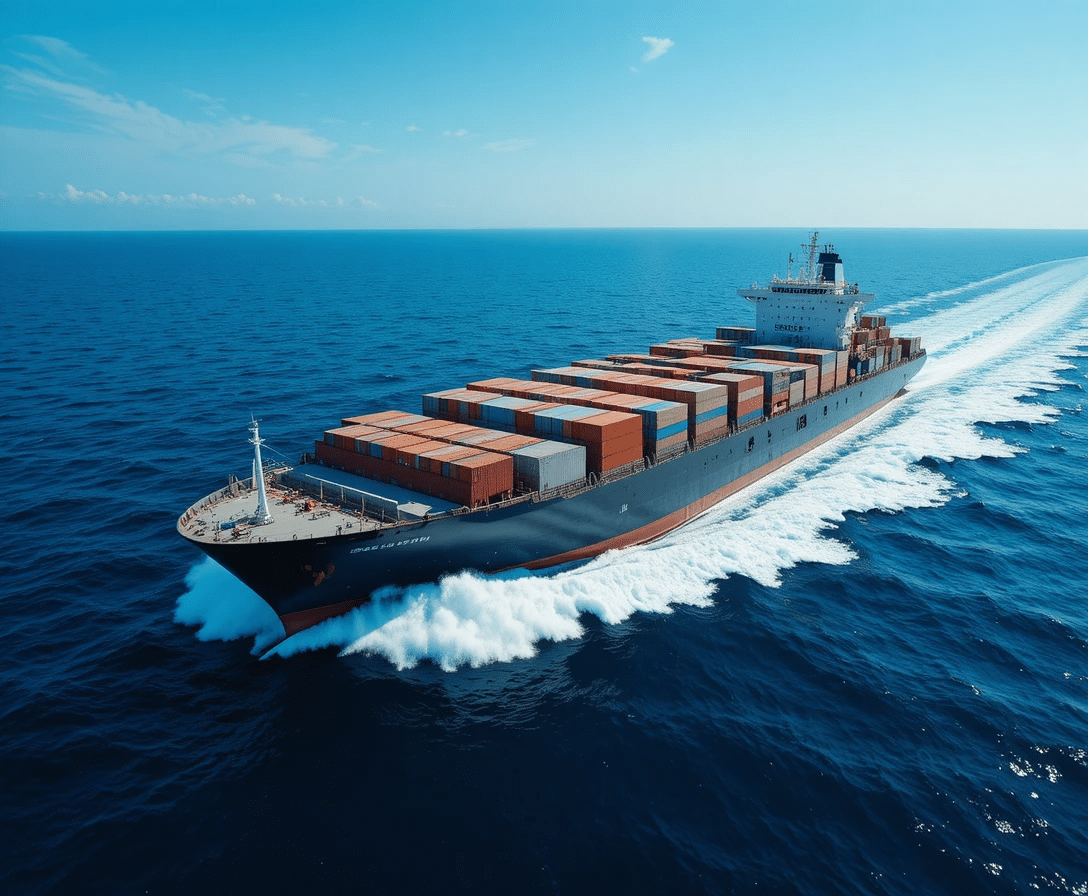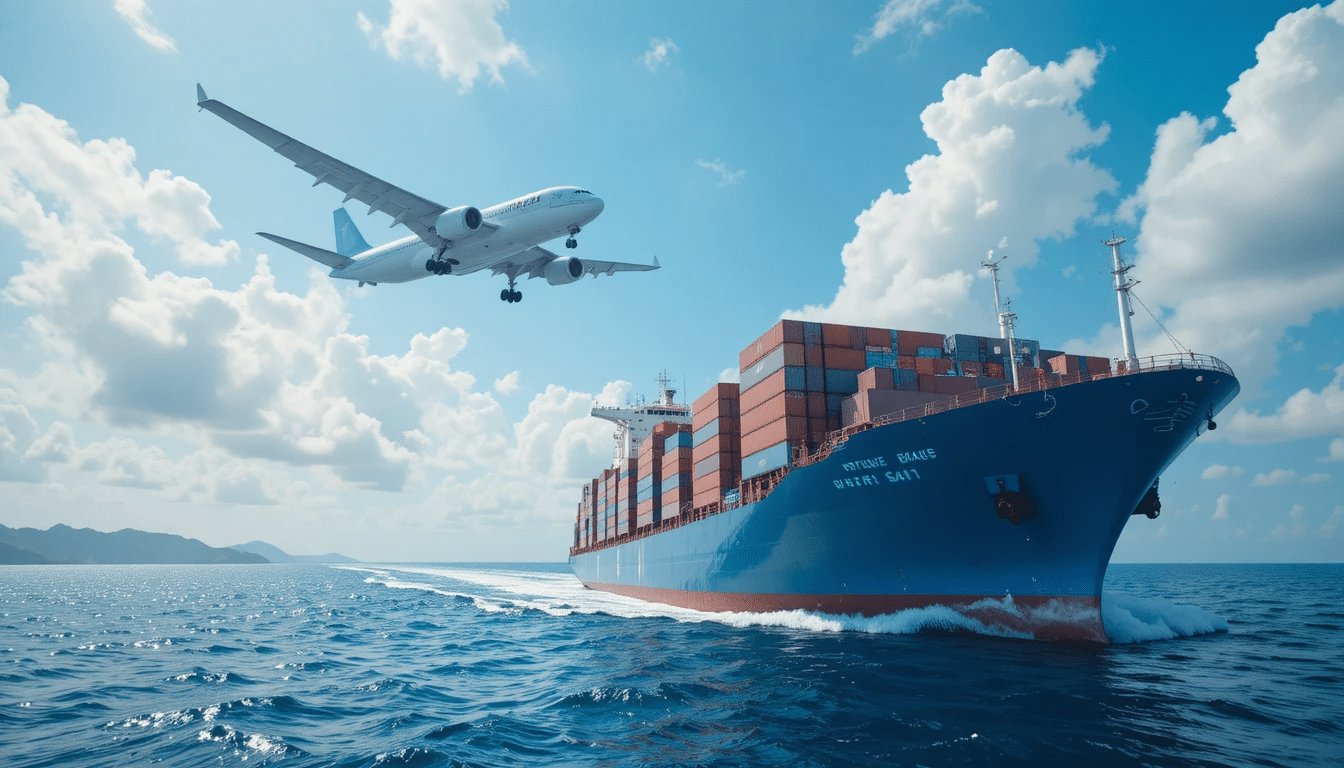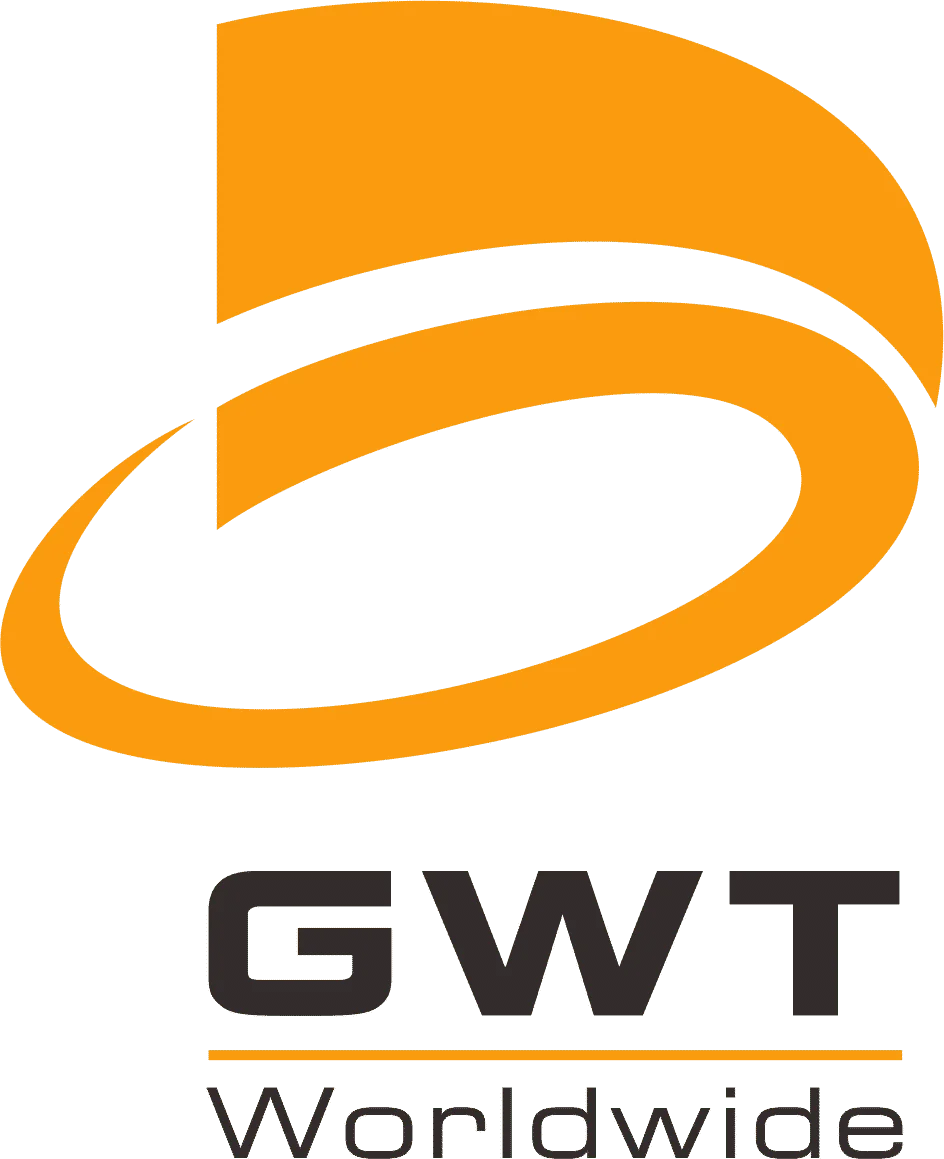Freight International Services (2025): The Ultimate Guide to Shipping From China to Malaysia
By Guanwutong / October 26, 2025
In today’s global economy, efficient supply chains are everything. Key trade routes, like the one from China to Malaysia, are the arteries of commerce. This makes freight international services the critical component that links your business to your suppliers and customers.
But let’s be honest: for most businesses, the process is a black box. You’re trying to navigate a complex system filled with non-transparent costs, confusing customs documents, and the constant anxiety of delays and lost goods.
As logistics experts with over 15 years of experience in the APAC region, we’re here to demystify the entire process for you.
This guide will cover everything from “What is a freight forwarder?” to “How do I choose the right partner?” It’s built for everyone, whether you’re an e-commerce seller shipping your first pallet from China to Malaysia or a supply chain manager looking to optimize a complex operation.

1. What Are Freight International Services?
At its simplest, freight international services refer to the end-to-end process of shipping goods or cargo from one country to another. This is far more than just a simple delivery. It’s a complex service that involves multiple components, including freight forwarding (the planning), customs brokerage (the legal compliance), and multimodal transport (the physical journey via sea, air, or land).
Key Players: Freight Forwarder vs. 3PL vs. Carrier
It’s easy to get these terms confused.
Carrier: The company that physically owns the assets (e.g., Maersk’s container ships, China Southern’s cargo planes). They are the “airline.”
Freight Forwarder: Your “travel agent” for cargo. They don’t own the ships or planes but act as your expert guide. They book space with carriers, arrange inland trucking, handle all the paperwork, and manage the entire process from start to finish. For 99% of businesses, a forwarder is your essential partner.
3PL (Third-Party Logistics): A broader partner that often includes freight forwarding but may also manage your warehousing, inventory, and order fulfillment.
2. How International Freight Works: The End-to-End Process
When you ship goods from China to Malaysia, what actually happens? Here is the 6-step journey.
Step 1: Quoting & Booking (The RFQ Process)
You request a quote (Request for Quote) from a forwarder for your shipment. Once you accept, you book the shipment.
Step 2: Origin Handling (Pickup & Consolidation)
Your goods are picked up from the factory in China (e.g., in Shenzhen). If you’re shipping LCL (Less than Container Load), your goods are taken to a warehouse to be consolidated with other shipments into one container.
Step 3: Export Customs Clearance
Your freight forwarder prepares and submits all necessary documents to Chinese customs to legally export the goods.
Step 4: The Main Leg (Sea or Air)
Your container is loaded onto a ship (e.g., leaving the Port of Shanghai) or your pallet onto a plane (e.g., flying from Guangzhou Baiyun Airport) for the main journey to Malaysia.
Step 5: Import Customs Clearance
The ship arrives at Port Klang (near Kuala Lumpur), or the plane lands at KUL. Your forwarder’s partner in Malaysia (or their own local office) handles all import documentation and pays any required duties and taxes to Malaysian customs.
Step 6: Destination Delivery (The “Last Mile”)
Once cleared, your cargo is picked up from the port or airport and delivered by truck to its final destination, whether it’s your warehouse in Penang or a fulfillment center in Johor Bahru.
3. Sea vs. Air vs. Land: Choosing the Right Mode for Your China-to-Malaysia Shipment
This is the most common question. The choice depends on your budget, speed, and cargo type.
Choose Air Freight For: Speed & Security
When: Best for high-value, low-volume goods (like electronics, medical supplies) or urgent restocks.
Pros: Extremely fast (typically 3-5 days from China to Malaysia). High security.
Cons: Significantly more expensive than sea freight.
Choose Sea Freight (FCL & LCL) For: Cost-Effectiveness
When: This is the standard for most goods. It’s ideal for bulk, heavy, or non-urgent cargo.
FCL (Full Container Load): You rent an entire 20ft or 40ft container. Best value if you have enough goods to fill it.
LCL (Less than Container Load): You share container space with other shippers. This is the most cost-effective and flexible option for SMEs and e-commerce sellers.
Pros: The most economical shipping method by far.
Cons: Much slower (typically 12-21 days port-to-port).
Multimodal Transport (Sea/Rail/Truck)
This involves a mix of transport modes. For the China-to-Malaysia route, this is less common but can involve trucking or rail through Southeast Asia. However, sea and air remain the dominant, most efficient methods.

4. Decoding Costs: Why Is My Freight Quote So Complicated?
This is the first frustration for most shippers: a lack of cost transparency.
What’s in Your Quote?
A quote isn’t just one number. It’s a bundle of:
Base Freight Rate: The cost of the sea or air journey.
Surcharges: Fuel (BAF), peak season (PSS), currency (CAF).
Origin/Destination Fees: Port handling (THC), documentation, inland trucking.
Customs Fees: Brokerage fees, duties, and taxes (which vary by product).
Why it fluctuates: Peak season (like pre-Chinese New Year), global events, and port congestion all impact price.
3 Tips for a Transparent Quote
Provide exact details (weight, dimensions, Incoterms).
Use a standardized Request for Quote (RFQ) form to compare apples to apples.
Ask your forwarder for a full, “all-in” cost breakdown and ask what is not included.
For any questions, feel free to contact GWT Shipping. Our team will provide professional, standards-compliant advice tailored to your specific needs.
5. Conquering Compliance: The Core Shipping Documents
The second biggest headache is paperwork. One small error can leave your goods stranded at customs for weeks.
Your Essential Document Checklist
For most shipments from China to Malaysia, you will need:
Bill of Lading (B/L) (for sea) or Air Waybill (AWB) (for air): The contract of carriage.
Commercial Invoice: The bill for the goods.
Packing List: Details exactly what is in the shipment.
Why Customs Compliance Is Critical
A professional freight forwarder acts as your customs broker. They classify your goods with the correct HS codes and ensure all documents are filed correctly with both Chinese and Malaysian customs, ensuring a smooth clearance.
6. From “Black Box” to Transparent: Solving the Tracking Problem
The “where is my stuff?” anxiety is real.
Why Is Tracking So Hard?
Your cargo is passed between multiple parties: a factory truck, a warehouse, a port, a ship, another port, a customs agent, and a final-mile truck. Most providers can’t connect these dots.
7. The 7-Factor Framework for Vetting Your Freight Partner
You’re not just buying a service; you’re choosing a partner. Here’s what to look for.
1. Reliability & On-Time Performance
This is more important than pure speed. A partner who delivers consistently in 20 days is better than one who promises 15 but is often 25.
2. Expertise & Local Network
Do they truly know the China-to-Malaysia route? Do they have strong, local agents in both the origin and destination ports (e.g., Shenzhen and Port Klang)? This local knowledge is priceless when problems arise.
3. Communication & Customer Service
This is the differentiator. You want a proactive partner who calls you to report a delay and present a solution, not one you have to chase for an update.
4. Technology & Visibility
Do they offer that modern, real-time tracking portal we talked about? Can you pull reports and manage bookings online?
5. Compliance & Risk Management
Ask them: “What happens if my cargo is flagged for a customs inspection?” A good partner will have a clear, confident answer. Also, ensure they offer comprehensive cargo insurance.
6. Cost vs. Overall Value
The cheapest quote is often the most expensive one in the long run. A lowball offer can be hiding hidden fees, or it may be subsidized by terrible service that costs you thousands in delays. Always compare “best value”, not “lowest price”.
8. Tailored Solutions for Your Business Size
For SMEs & E-commerce Sellers:
You need simplicity, cost-effectiveness, and a “one-stop shop.” Look for a forwarder with a strong LCL program from China and a simple-to-use online platform.
For Large Manufacturers & Procurement Teams:
You need supply chain optimization, deep customs compliance support, and technology that can integrate with your ERP. You’re looking for a strategic partner, not just a booking agent.
For Large Manufacturers & Procurement Teams:
You need supply chain optimization, deep customs compliance support, and technology that can integrate with your ERP. You’re looking for a strategic partner, not just a booking agent.
Case Study: How We Solved a Client’s China-to-Malaysia Compliance Nightmare
The Challenge: An electronics manufacturer shipping from China to Malaysia was facing constant, random customs delays at Port Klang, costing them time and storage fees.
Our Solution: Our compliance team audited their paperwork. We found their products were being misclassified with the wrong HS codes.
The Result: We created a new Standard Operating Procedure (SOP) for their documentation. In the 12 months since, they have had 99.8% on-time clearance. We also consolidated their shipments, saving them 18% on total freight costs.
Conclusion
Choosing freight international services isn’t just a simple purchase; it’s a critical business decision. You aren’t just buying a spot on a ship—you are choosing a partner to navigate one of the most complex parts of your business.
For a busy and vital trade lane like from China to Malaysia, you need a partner that offers a reliable network, proactive communication, and deep compliance expertise.
FAQ
A freight forwarder is the “project manager” for your entire shipment (booking, transport, etc.). A customs broker only handles the legal customs clearance. Most modern freight forwarders are also licensed customs brokers, offering both services in one package.
Fret aérien : Typically 3-5 days, door-to-door.
Sea Freight: Typically 12-21 days from port-to-port, plus 3-5 days on each end for trucking and customs. All-in, sea freight is usually 20-30 days.
Incoterms are the legal terms in your sales contract that define who is responsible for the goods (and the cost) at each stage of the journey. Understanding them is critical to knowing what your freight quote does and does not include.
This is what cargo insurance is for. A carrier’s liability is extremely limited (pennies on the dollar). You must purchase separate, all-risk cargo insurance from your forwarder to be fully covered.
Unless you are a multi-billion dollar corporation shipping thousands of containers a year, you should use a freight forwarder. They have the buying power, the expertise, and the network to manage the process—carriers are not set up to deal with the public.
Sea freight is by far the cheapest. Specifically, LCL (Less than Container Load) is the most economical option for smaller shipments.
Beyond the Bill of Lading, Commercial Invoice, and Packing List, Malaysia often requires a “Certificate of Origin” (e.g., Form E) to take advantage of preferential tariff rates under the ASEAN-China Free Trade Area (ACFTA).
Be as detailed as possible. Your forwarder needs:
1) Your Incoterms, 2) The origin and destination addresses, 3) The total weight and dimensions (CBM) of your cargo, and 4) The product’s HS code.
Ready to Ship From China to Malaysia?
